Features From the Issue
-
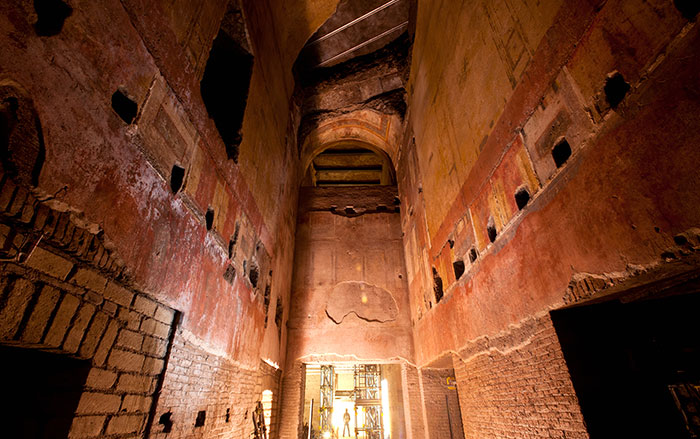 (Marco Ansaloni)
(Marco Ansaloni) -
Features
New York's Original Seaport
Traces of the city’s earliest beginnings as an economic and trading powerhouse lie just beneath the streets of South Street Seaport
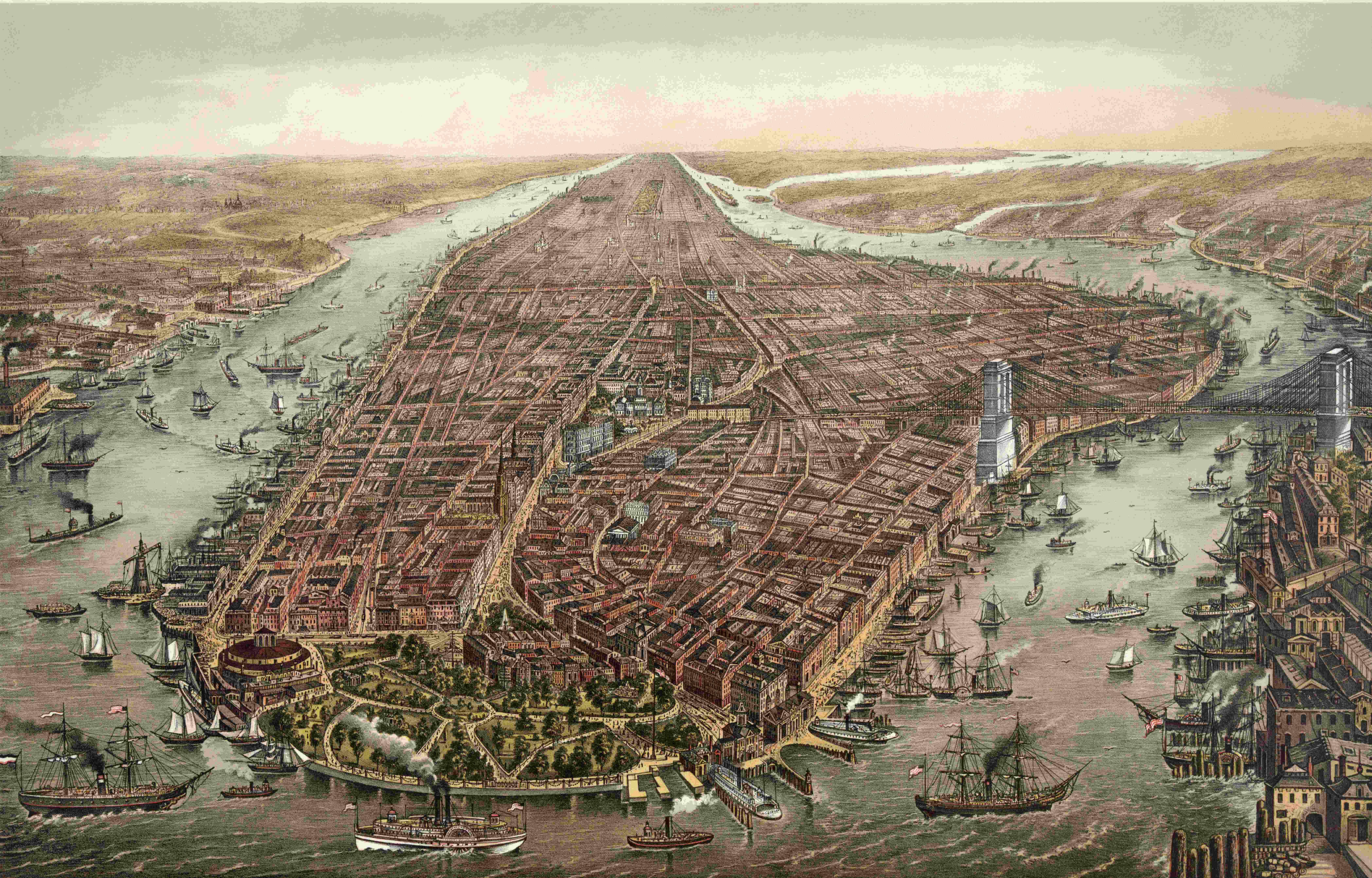 (Library of Congress)
(Library of Congress) -
Features
Cultural Revival
Excavations near a Yup’ik village in Alaska are helping its people reconnect with the epic stories and practices of their ancestors
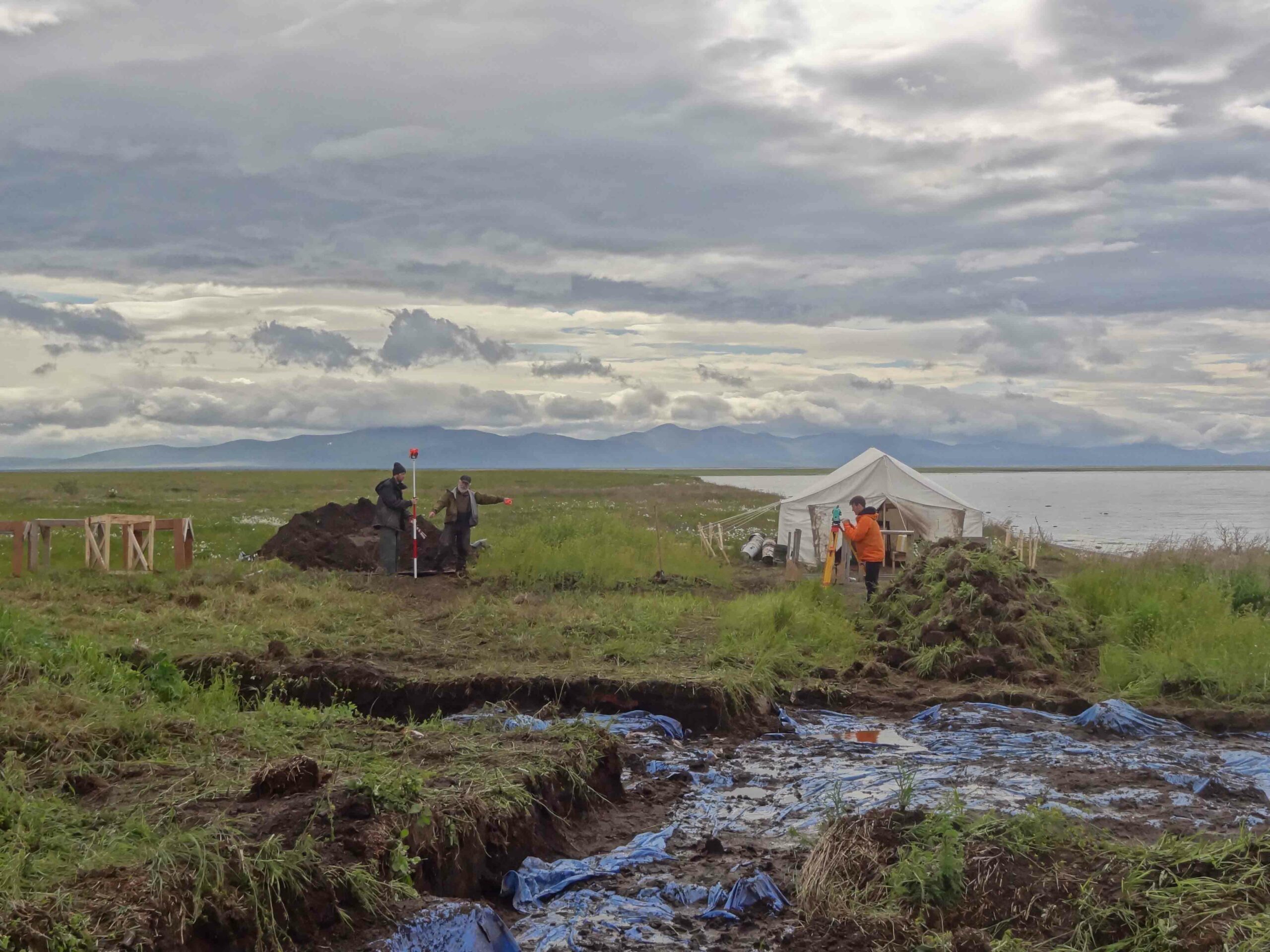 (Courtesy Charlotta Hillerdal, University of Aberdeen)
(Courtesy Charlotta Hillerdal, University of Aberdeen) -
Features
Mexico’s Enigmatic Figurines
Until now, some of Mesoamerica’s most intriguing artifacts have been much admired, but little understood
-
Features
Reclaiming Lost Identities
Life and death in a workhouse during Ireland’s Great Famine

Letter from England
Letter from England
Writing on the Church Wall
Graffiti from the Middle Ages provides insight into personal expressions of faith in medieval England

Artifact
Artifacts
Corner Beam Cover

Digs & Discoveries
-
Digs & Discoveries
Bronze Age Ireland’s Taste in Gold
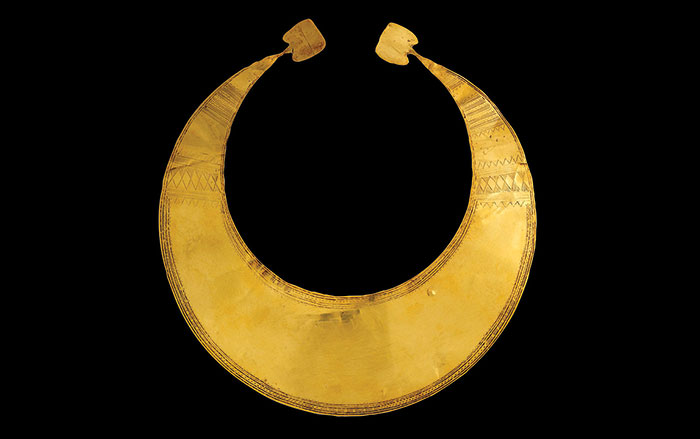 (Courtesy National Museum of Ireland)
(Courtesy National Museum of Ireland) -
Digs & Discoveries
A Rare Bird
 (Courtesy National Museum of Denmark)
(Courtesy National Museum of Denmark) -
Digs & Discoveries
Atacama’s Decaying Mummies
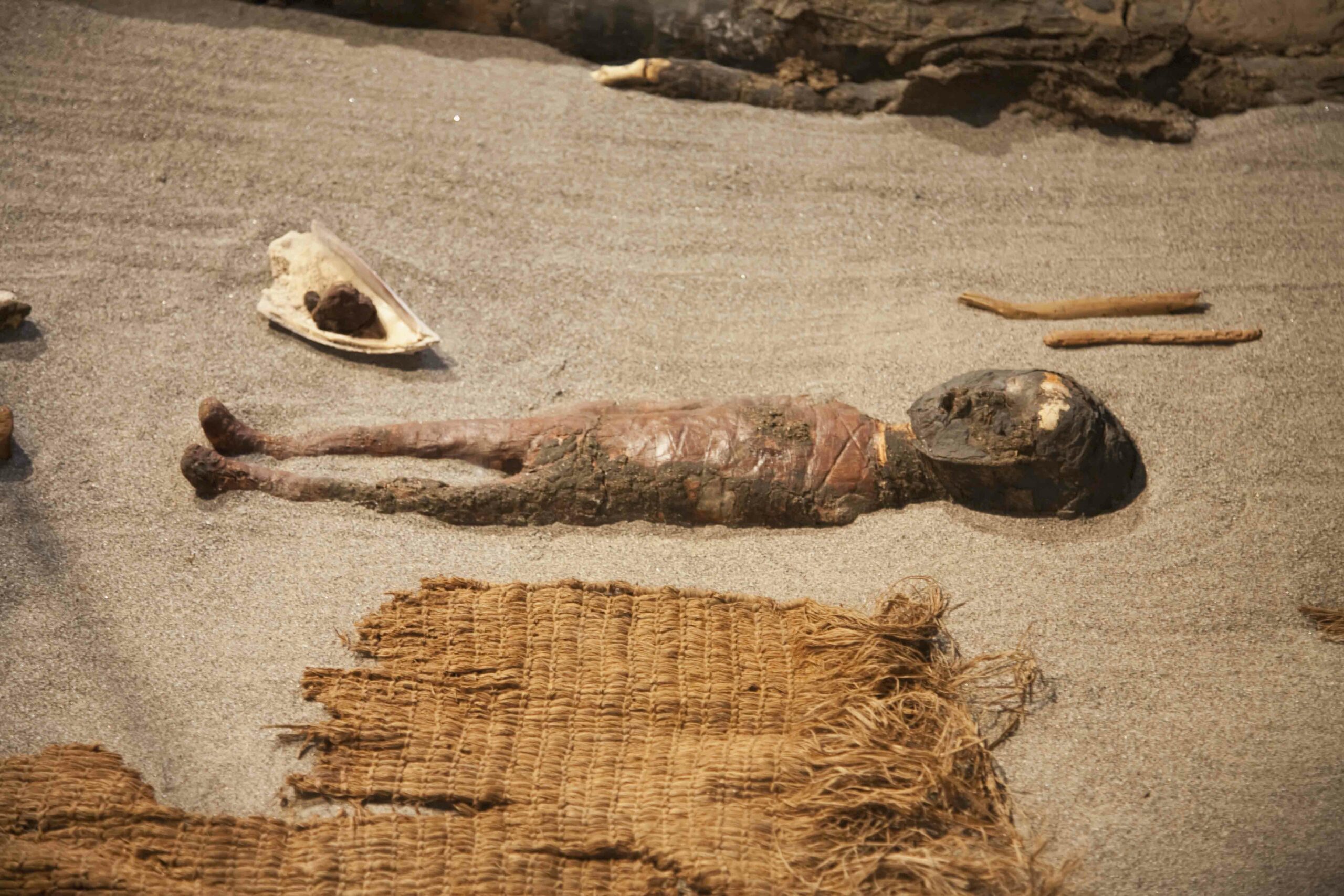 (Peter Langer/Design Pics/UIG/Bridgeman Images)
(Peter Langer/Design Pics/UIG/Bridgeman Images) -
Digs & Discoveries
Bronze Age Traveler
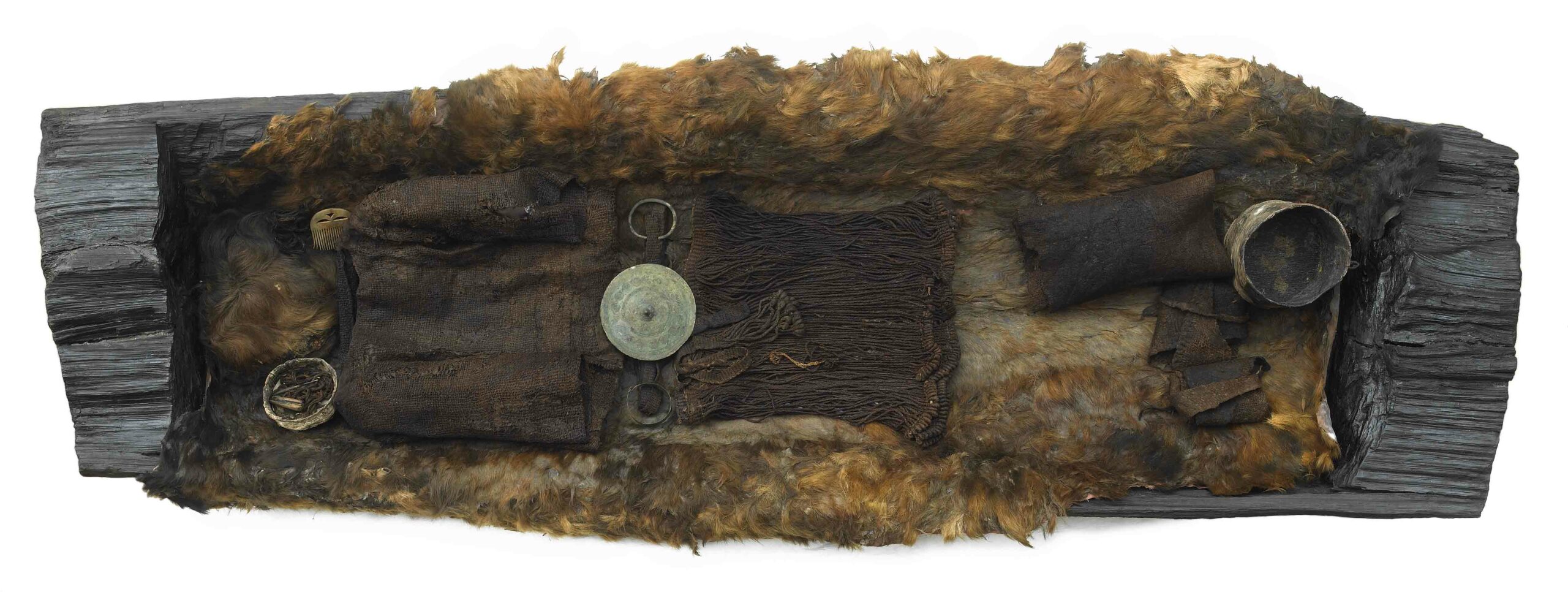 (Courtesy National Museum of Denmark)
(Courtesy National Museum of Denmark) -
Digs & Discoveries
Great Lakes Shipwreck Spotting
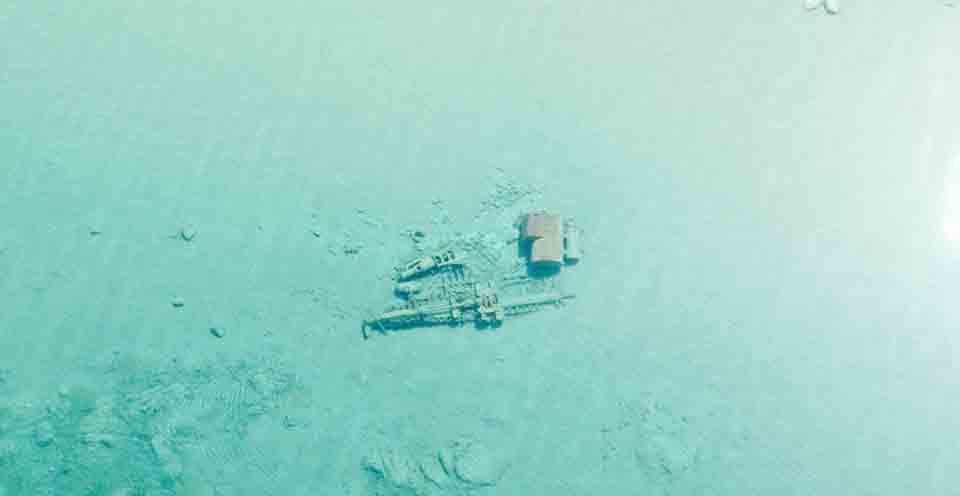 (U.S. Coast Guard Air Station, Traverse City)
(U.S. Coast Guard Air Station, Traverse City) -
Digs & Discoveries
Early Parrots in the Southwest
 (Denis Finnin ©AMNH)
(Denis Finnin ©AMNH) -
Digs & Discoveries
The Red Lady of El Mirón
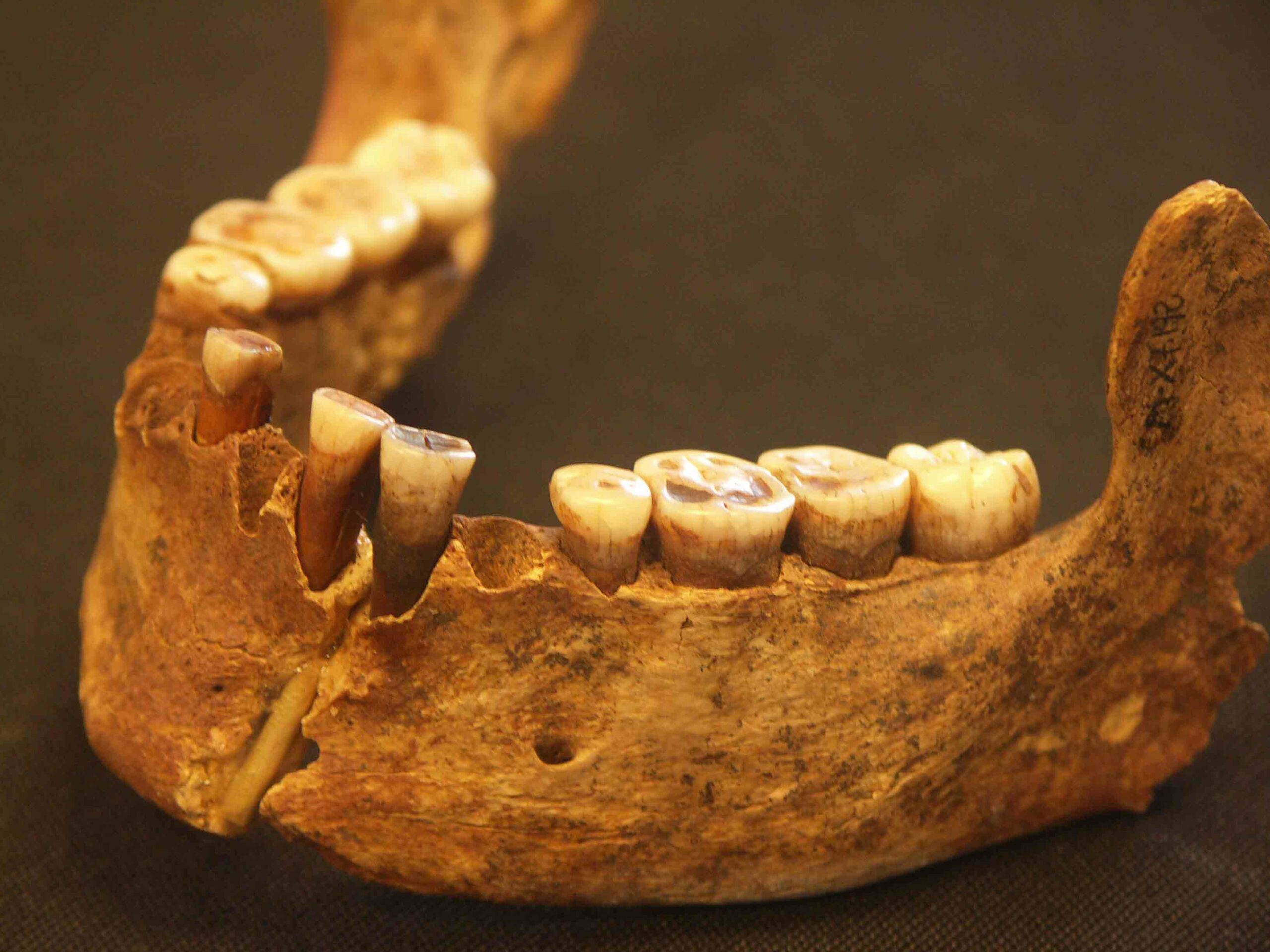 (Courtesy © L.G. Straus)
(Courtesy © L.G. Straus) -
Digs & Discoveries
For the Love of a Noblewoman
 (Courtesy INRAP)
(Courtesy INRAP) -
Digs & Discoveries
Blood on the Ice
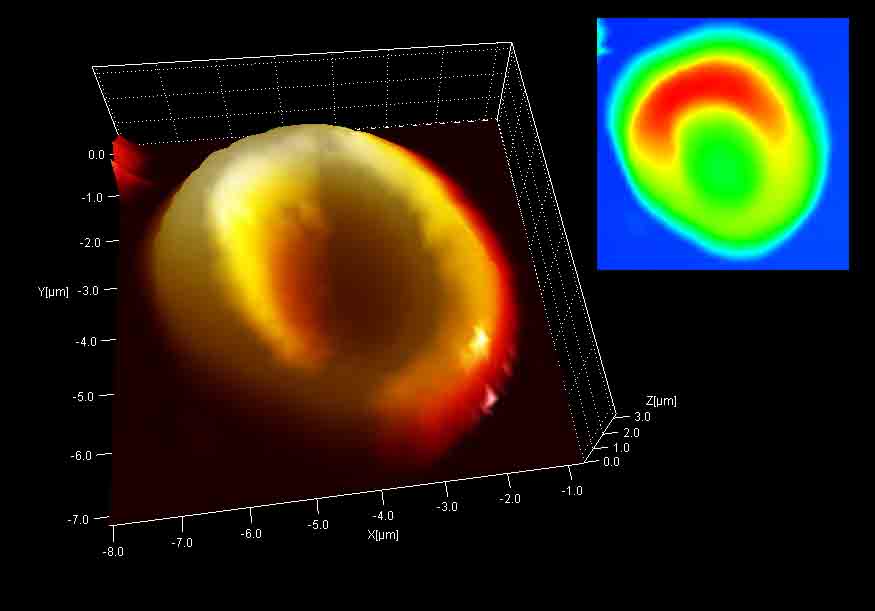 (Courtesy Marek Janko)
(Courtesy Marek Janko) -
Digs & Discoveries
Under the Rug
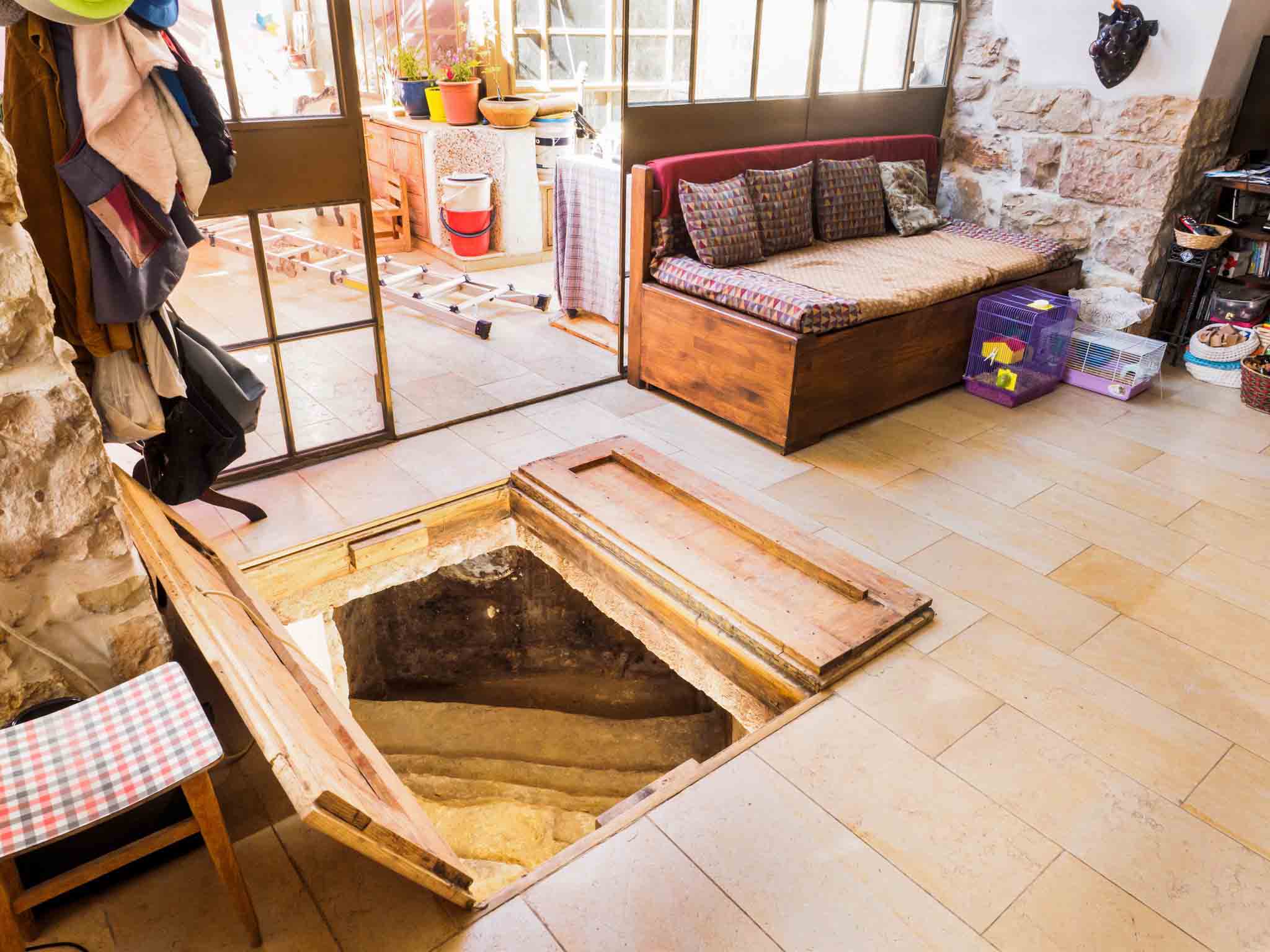 (Courtesy Israel Antiquities Authority)
(Courtesy Israel Antiquities Authority) -
Digs & Discoveries
What’s in a Name?
 (Courtesy Cotswold Archaeology)
(Courtesy Cotswold Archaeology) -
Digs & Discoveries
A Place to Hide the Bodies
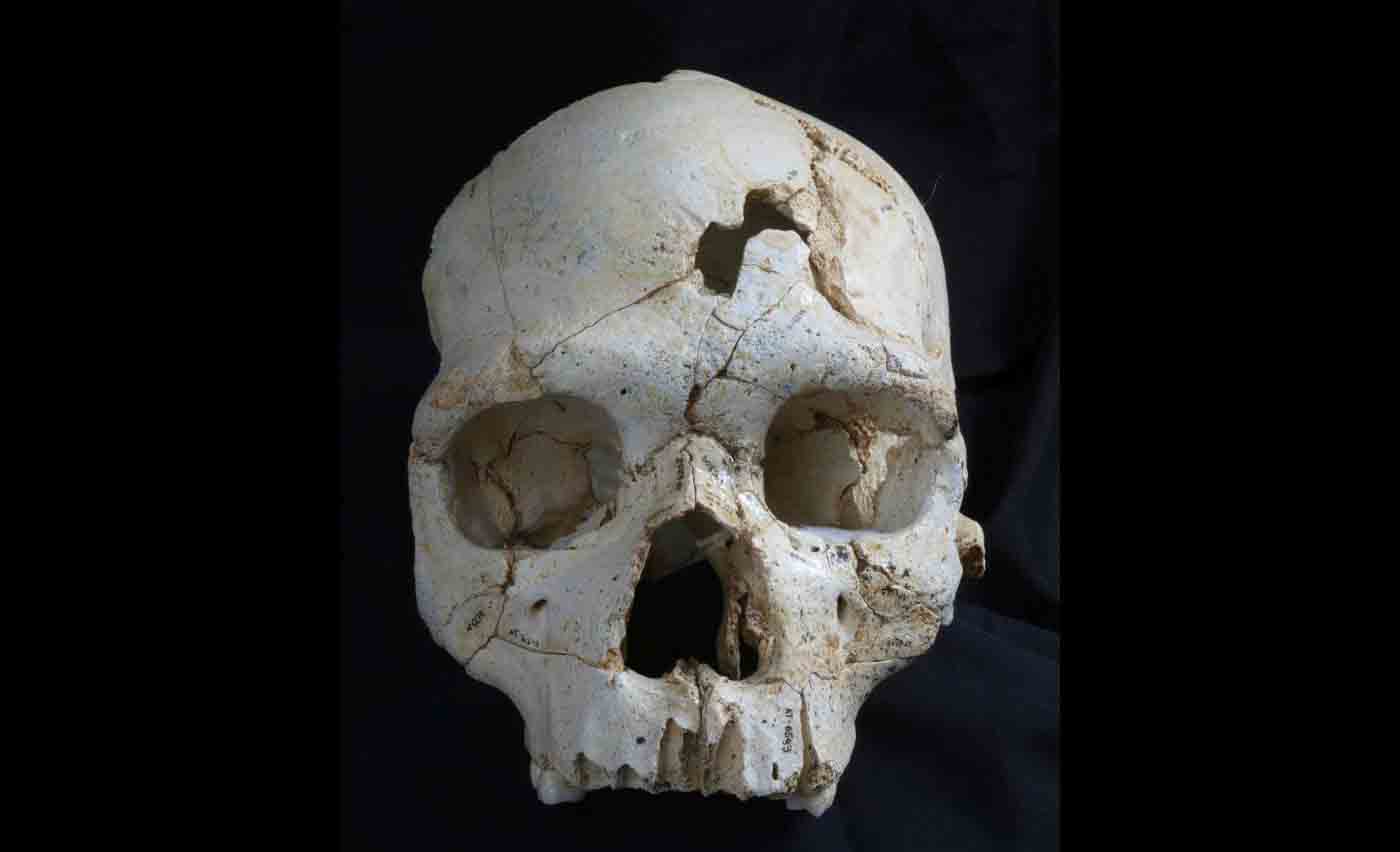 (Courtesy Javier Trueba / Madrid Scientific Films)
(Courtesy Javier Trueba / Madrid Scientific Films) -
Digs & Discoveries
“T” Marks the Spot
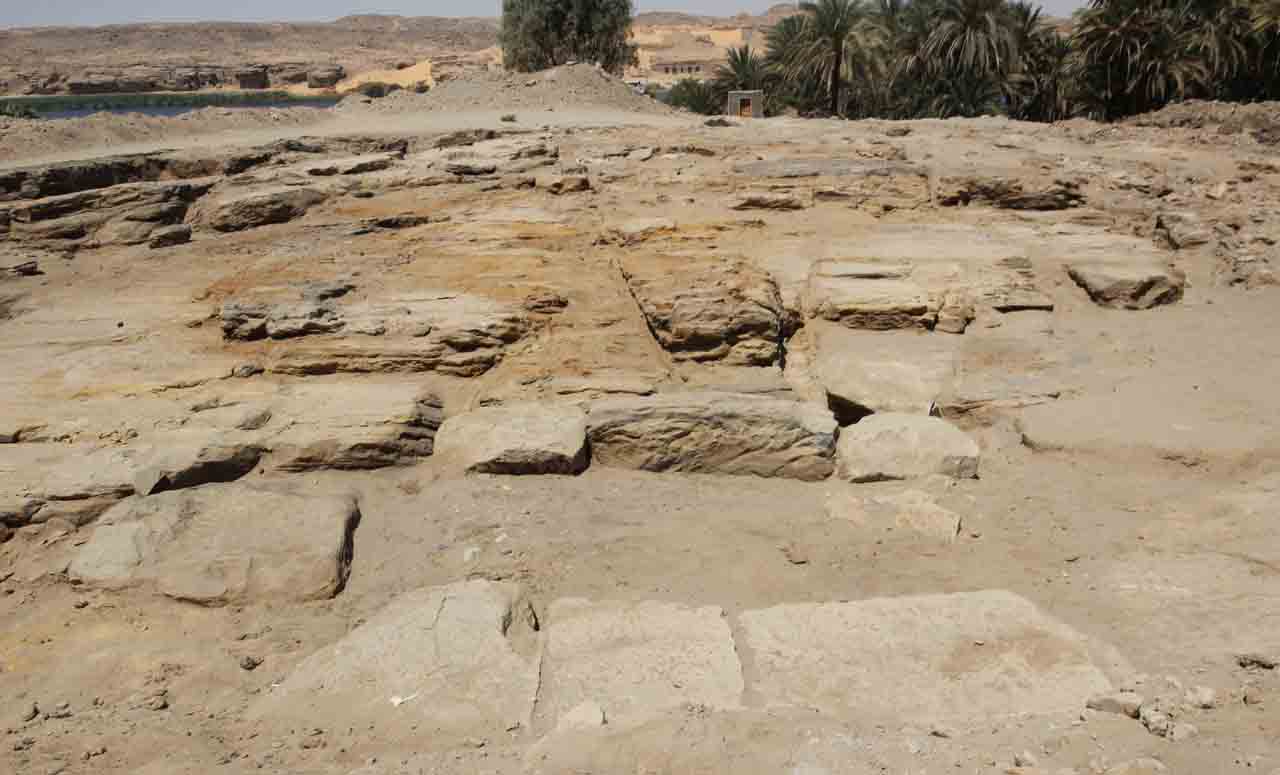 (Courtesy @The Gebel el Silsila Survey Project 2015)
(Courtesy @The Gebel el Silsila Survey Project 2015) -
Digs & Discoveries
As American as Sliced Bacon in a Can
 (Courtesy Wessex Archaeology )
(Courtesy Wessex Archaeology ) -
Digs & Discoveries
Surely You Joust?
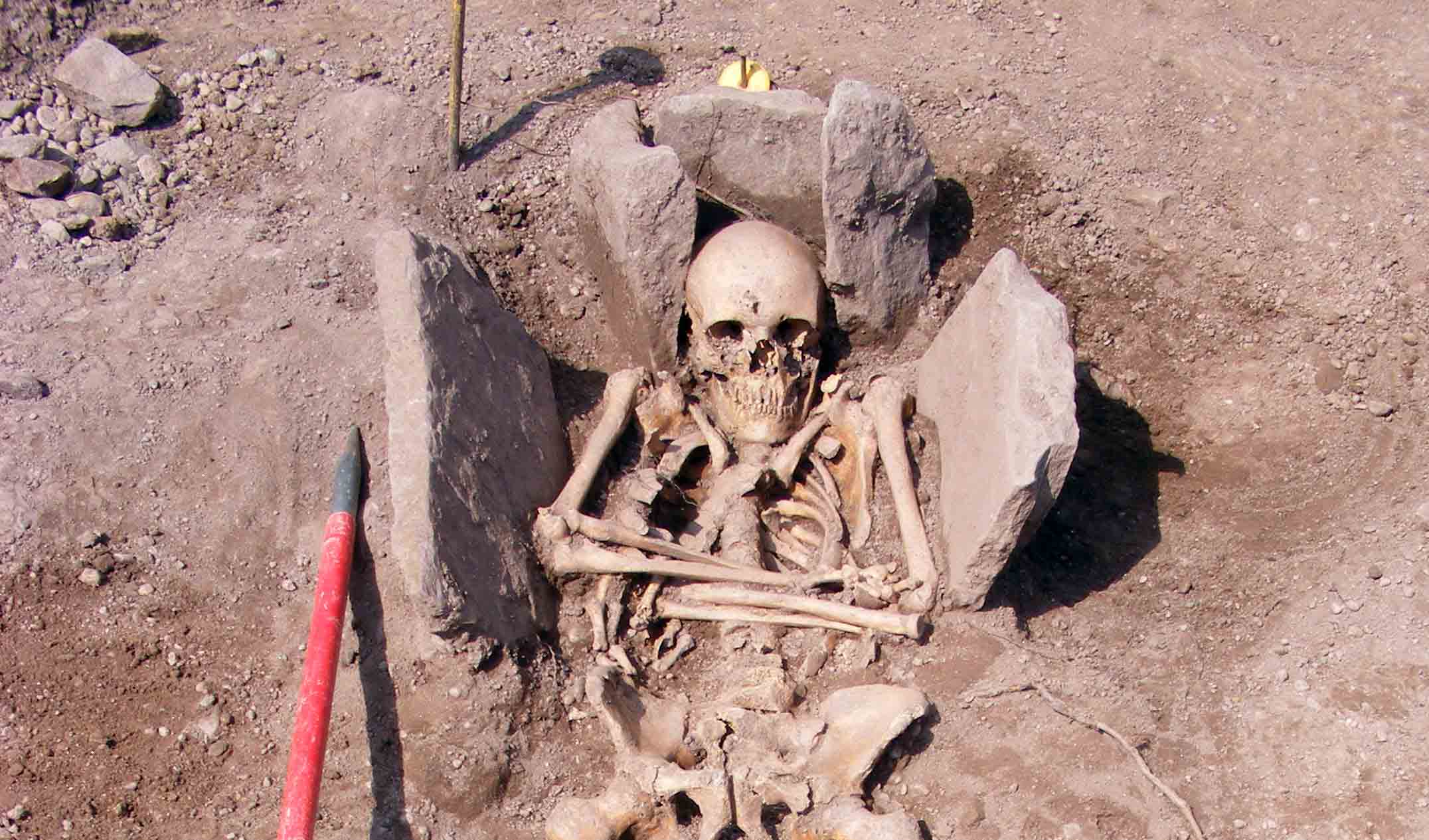 (Headland Archaeology/ Heritage Lottery Fund UK)
(Headland Archaeology/ Heritage Lottery Fund UK)
Off the Grid
Off the Grid September/October 2015
Mission San Luis, Florida
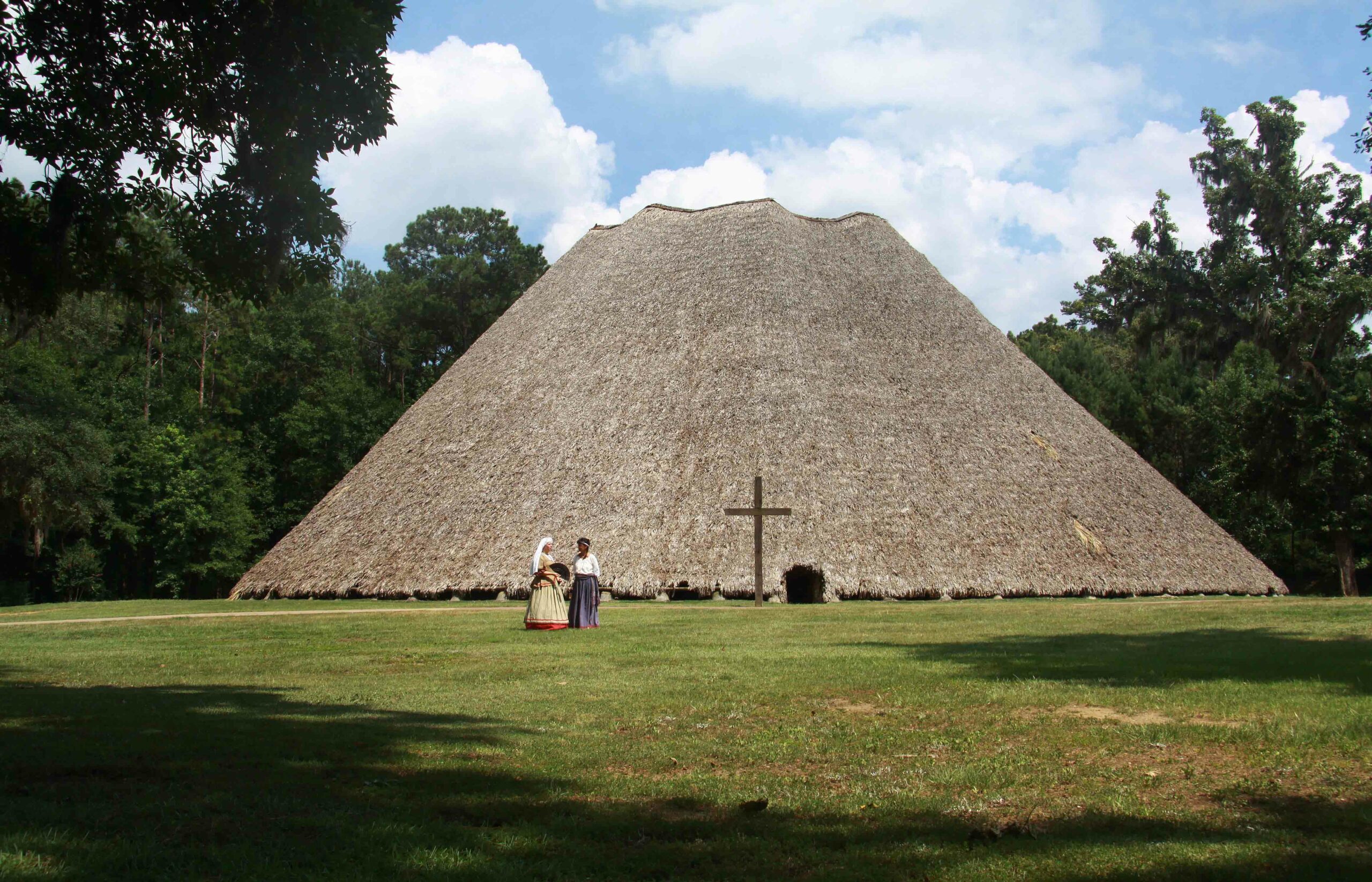
Around the World
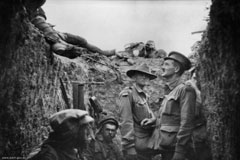
AUSTRALIA

AUSTRALIA: In 1916, Australian soldiers were preparing to make their name on the world stage, fighting for the Allies in WWI (such as at Gallipoli, shown here). But first they had to train for the trenches. Near Canberra, archaeologists have uncovered evidence of this preparation. Using aerial photos, researchers identified and have begun to excavate an area where Australian soldiers dug training trenches. Their dig is revealing how the military experimented with trench styles, and then trained soldiers to re-create them in the field. —Samir S. Patel

PAPUA NEW GUINEA

PAPUA NEW GUINEA: Mummies are created around the world, usually by some form of drying. Among the Anga people of the Aseki region, mummies are smoked. Until recently, the Anga smoked the deceased and displayed their bodies on cliffsides out of reverence and to mark territory, but exposure to the elements has left them deteriorated. Researchers from the United States and Canada recently helped conserve one, a leader named Moimango, using materials found in the jungle. The project was a success, and Moimango now sits again in the cliffside roost where he has overseen his descendants for some 60 years. —Samir S. Patel
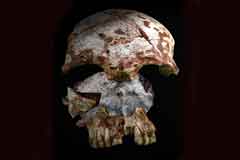
LAOS

LAOS: Skull fragments recovered from a cave represent the earliest known modern human in Southeast Asia. Between 46,000 and 63,000 years old, the find is better dated and more clearly modern than similar fossils that have been found in East Asia. The bone was found in the north of the country, which suggests that the previous assumption that early modern humans migrated solely along the coast is incomplete, and that they spread into a range of environments early in the migration out of Africa. —Samir S. Patel

